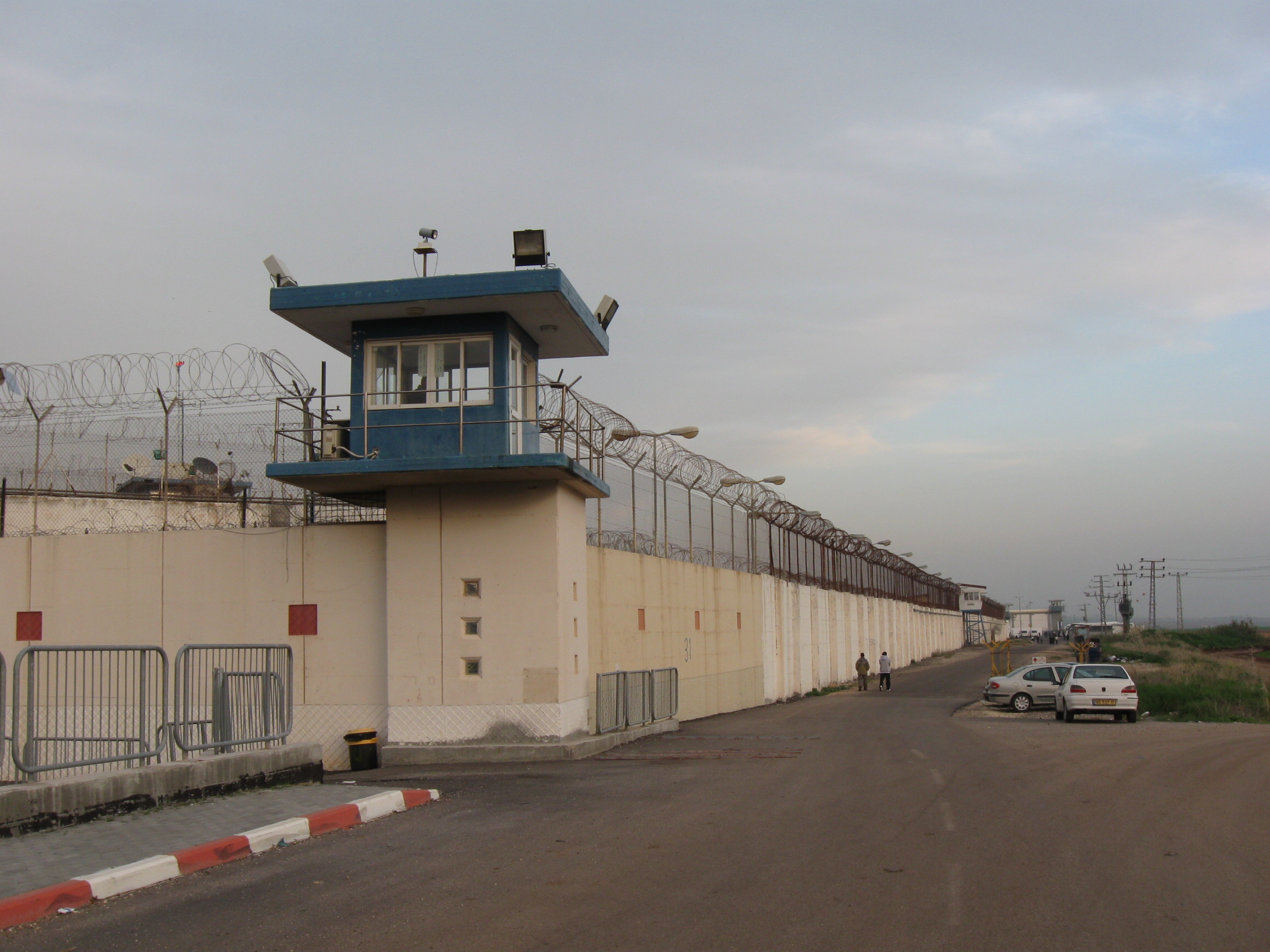|
Information Technology Controls
In business and accounting, information technology controls (or IT controls) are specific activities performed by persons or systems designed to ensure that business objectives are met. They are a subset of an enterprise's internal control. IT control objectives relate to the confidentiality, integrity, and availability of data and the overall management of the IT function of the business enterprise. IT controls are often described in two categories: IT general controls (ITGC) and IT application controls. ITGC include controls over the Information Technology (IT) environment, computer operations, access to programs and data, program development and program changes. IT application controls refer to transaction processing controls, sometimes called "input-processing-output" controls. Information technology controls have been given increased prominence in corporations listed in the United States by the Sarbanes-Oxley Act. The COBIT Framework (Control Objectives for Information ... [...More Info...] [...Related Items...] OR: [Wikipedia] [Google] [Baidu] |
Business
Business is the practice of making one's living or making money by producing or Trade, buying and selling Product (business), products (such as goods and Service (economics), services). It is also "any activity or enterprise entered into for profit." Having a business name does not separate the business entity from the owner, which means that the owner of the business is responsible and liable for debts incurred by the business. If the business acquires debts, the creditors can go after the owner's personal possessions. A business structure does not allow for corporate tax rates. The proprietor is personally taxed on all income from the business. The term is also often used colloquially (but not by lawyers or by public officials) to refer to a company, such as a corporation or cooperative. Corporations, in contrast with Sole proprietorship, sole proprietors and partnerships, are a separate legal entity and provide limited liability for their owners/members, as well as being su ... [...More Info...] [...Related Items...] OR: [Wikipedia] [Google] [Baidu] |
Problem Management
Problem management is the process responsible for managing the lifecycle of all problems that happen or could happen in an IT service. The primary objectives of problem management are to prevent problems and resulting incidents from happening, to eliminate recurring incidents, and to minimize the impact of incidents that cannot be prevented. ITIL defines a problem as the cause of one or more incidents. See also * ISO/IEC 15504 * Quality Assurance * RPR Problem Diagnosis * Grey problem * Pareto analysis Pareto analysis is a formal technique useful where many possible courses of action are competing for attention. In essence, the problem-solver estimates the benefit delivered by each action, then selects a number of the most effective actions tha ... References The New Rational Manager- Describes KT Problem Solving and Decision Making (PSDM) * ITIL Problem solving {{IT-stub ... [...More Info...] [...Related Items...] OR: [Wikipedia] [Google] [Baidu] |
Committee Of Sponsoring Organizations Of The Treadway Commission
The Committee of Sponsoring Organizations of the Treadway Commission (COSO) is an organization that develops guidelines for businesses to evaluate internal controls, risk management, and fraud deterrence. In 1992 (and subsequently re-released in 2013), COSO published the ''Internal Control - Integrated Framework,'' commonly used by businesses in the United States to design, implement, and conduct systems of internal control over financial reporting and assessing their effectiveness. History In 1985, COSO began as a private sector initiative to investigate the causal factors that lead to fraudulent financial reporting as a result of a number of accounting scandals in the 1970s and mid-1980s. This initiative was termed the National Commission on Fraudulent Financial Reporting; the first president of the Commission was James C. Treadway, Jr., a former Commissioner of the US Securities and Exchange Commission, and therefore the initiative was commonly called the "Treadway Commission". ... [...More Info...] [...Related Items...] OR: [Wikipedia] [Google] [Baidu] |
Enterprise Resource Planning
Enterprise resource planning (ERP) is the integrated management of main business processes, often in real time and mediated by software and technology. ERP is usually referred to as a category of business management software—typically a suite of integrated applications—that an organization can use to collect, store, manage and interpret data from many business activities. ERP systems can be local based or cloud-based. Cloud-based applications have grown in recent years due to information being readily available from any location with Internet access. Traditional on-premise ERP systems are now considered legacy technology. ERP provides an integrated and continuously updated view of core business processes using common databases maintained by a database management system. ERP systems track business resources—cash, raw materials, production capacity—and the status of business commitments: orders, purchase orders, and payroll. The applications that make up the sys ... [...More Info...] [...Related Items...] OR: [Wikipedia] [Google] [Baidu] |
Reliability Engineering
Reliability engineering is a sub-discipline of systems engineering that emphasizes the ability of equipment to function without failure. Reliability describes the ability of a system or component to function under stated conditions for a specified period of time. Reliability is closely related to availability, which is typically described as the ability of a component or system to function at a specified moment or interval of time. The reliability function is theoretically defined as the probability of success at time t, which is denoted R(t). This probability is estimated from detailed (physics of failure) analysis, previous data sets or through reliability testing and reliability modelling. Availability, testability, maintainability and maintenance are often defined as a part of "reliability engineering" in reliability programs. Reliability often plays the key role in the cost-effectiveness of systems. Reliability engineering deals with the prediction, prevention and man ... [...More Info...] [...Related Items...] OR: [Wikipedia] [Google] [Baidu] |
Accuracy
Accuracy and precision are two measures of '' observational error''. ''Accuracy'' is how close a given set of measurements (observations or readings) are to their '' true value'', while ''precision'' is how close the measurements are to each other. In other words, ''precision'' is a description of ''random errors'', a measure of statistical variability. ''Accuracy'' has two definitions: # More commonly, it is a description of only ''systematic errors'', a measure of statistical bias of a given measure of central tendency; low accuracy causes a difference between a result and a true value; ISO calls this ''trueness''. # Alternatively, ISO defines accuracy as describing a combination of both types of observational error (random and systematic), so high accuracy requires both high precision and high trueness. In the first, more common definition of "accuracy" above, the concept is independent of "precision", so a particular set of data can be said to be accurate, precise, both, ... [...More Info...] [...Related Items...] OR: [Wikipedia] [Google] [Baidu] |
Security
" \n\n\nsecurity.txt is a proposed standard for websites' security information that is meant to allow security researchers to easily report security vulnerabilities. The standard prescribes a text file called \"security.txt\" in the well known location, similar in syntax to robots.txt but intended to be machine- and human-readable, for those wishing to contact a website's owner about security issues. security.txt files have been adopted by Google, GitHub, LinkedIn, and Facebook.\n History \n\nThe Internet Draft was first submitted by Edwin Foudil in September 2017. At that time it covered four directives, \"Contact\", \"Encryption\", \"Disclosure\" and \"Acknowledgement\". Foudil expected to add further directives based on feedback. In addition, web security expert Scott Helme said he had seen positive feedback from the security community while use among the top 1 million websites was \"as low as expected right now\".\n\nIn 2019, the Cybersecurity and Infrastructure Security Agenc ... [...More Info...] [...Related Items...] OR: [Wikipedia] [Google] [Baidu] |
Chief Information Security Officer
A chief information security officer (CISO) is a senior-level executive within an organization responsible for establishing and maintaining the enterprise vision, strategy, and program to ensure information assets and technologies are adequately protected. The CISO directs staff in identifying, developing, implementing, and maintaining processes across the enterprise to reduce information and information technology (IT) risks. They respond to incidents, establish appropriate standards and controls, manage security technologies, and direct the establishment and implementation of policies and procedures. The CISO is also usually responsible for information-related compliance (e.g. supervises the implementation to achieve ISO/IEC 27001 certification for an entity or a part of it). The CISO is also responsible for protecting proprietary information and assets of the company, including the data of clients and consumers. CISO works with other executives to make sure the company is growing ... [...More Info...] [...Related Items...] OR: [Wikipedia] [Google] [Baidu] |
Physical Security
Physical security describes security measures that are designed to deny unauthorized access to facilities, equipment and resources and to protect personnel and property from damage or harm (such as espionage, theft, or terrorist attacks). Physical security involves the use of multiple layers of interdependent systems that can include CCTV surveillance, security guards, protective barriers, locks, access control, perimeter intrusion detection, deterrent systems, fire protection, and other systems designed to protect persons and property. Overview Physical security systems for protected facilities are generally intended to: * deter potential intruders (e.g. warning signs, security lighting and perimeter markings); * detect intrusions and monitor/record intruders (e.g. intruder alarms and CCTV systems); and * trigger appropriate incident responses (e.g. by security guards and police). It is up to security designers, architects and analysts to balance security controls against ... [...More Info...] [...Related Items...] OR: [Wikipedia] [Google] [Baidu] |
Backup
In information technology, a backup, or data backup is a copy of computer data taken and stored elsewhere so that it may be used to restore the original after a data loss event. The verb form, referring to the process of doing so, is " back up", whereas the noun and adjective form is "backup". Backups can be used to recover data after its loss from data deletion or corruption, or to recover data from an earlier time. Backups provide a simple form of disaster recovery; however not all backup systems are able to reconstitute a computer system or other complex configuration such as a computer cluster, active directory server, or database server. A backup system contains at least one copy of all data considered worth saving. The data storage requirements can be large. An information repository model may be used to provide structure to this storage. There are different types of data storage devices used for copying backups of data that is already in secondary storage onto archi ... [...More Info...] [...Related Items...] OR: [Wikipedia] [Google] [Baidu] |
Disaster Recovery
Disaster recovery is the process of maintaining or reestablishing vital infrastructure and systems following a natural or human-induced disaster, such as a storm or battle.It employs policies, tools, and procedures. Disaster recovery focuses on the information technology (IT) or technology systems supporting critical business functions as opposed to business continuity. This involves keeping all essential aspects of a business functioning despite significant disruptive events; it can therefore be considered a subset of business continuity. Disaster recovery assumes that the primary site is not immediately recoverable and restores data and services to a secondary site. IT service continuity IT Service Continuity (ITSC) is a subset of business continuity planning (BCP) that focuses on Recovery Point Objective (RPO) and Recovery Time Objective (RTO). It encompasses IT disaster recovery planning and wider IT resilience planning. It also incorporates IT infrastructure and servic ... [...More Info...] [...Related Items...] OR: [Wikipedia] [Google] [Baidu] |




